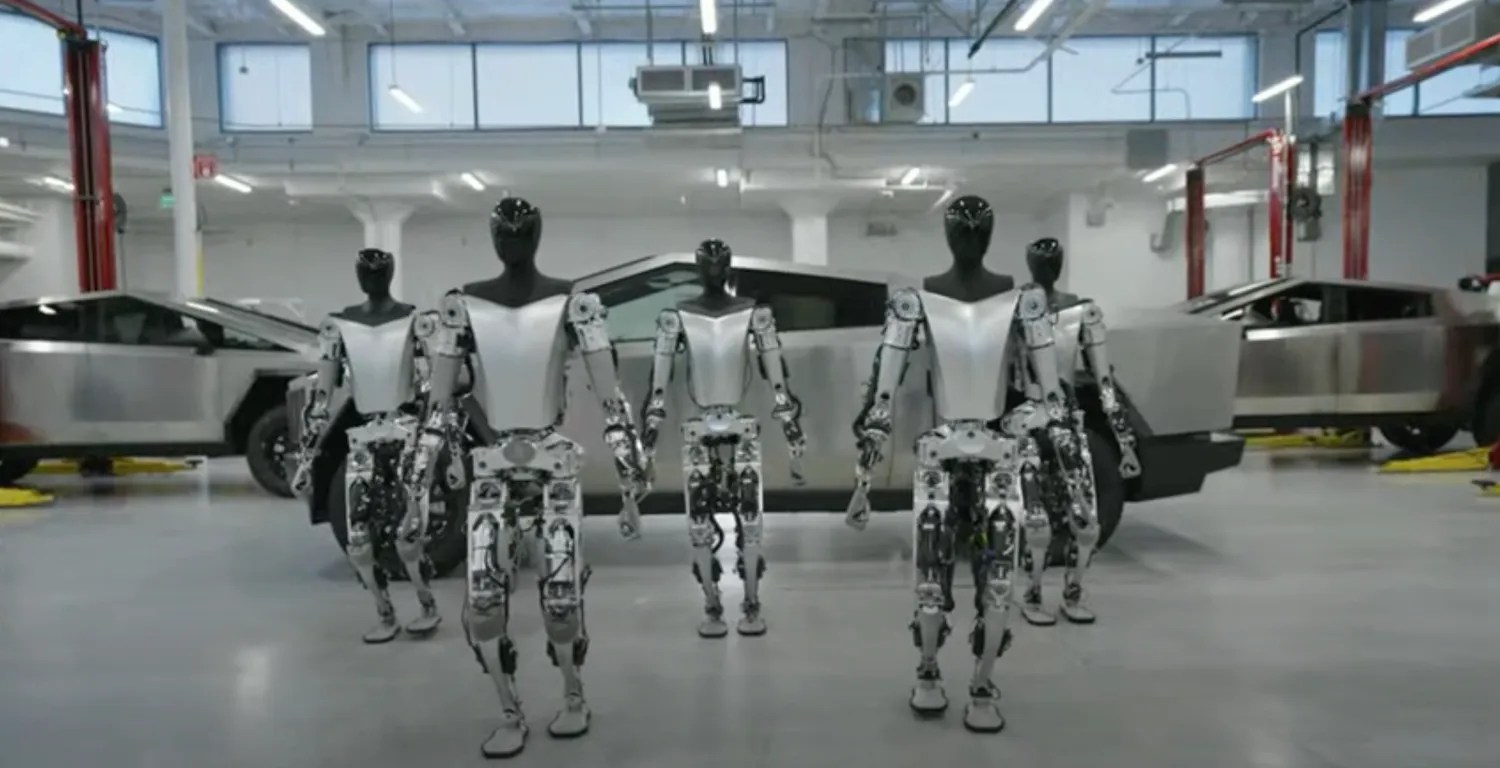
Tesla is working on “private 5G” infrastructure to be connected to its electric vehicles and Optimus robot.
The automaker was early in including internet connectivity in all its vehicles. There were many reasons for this. It enabled over-the-air software updates and connectivity features, and it also allowed Tesla to collect a lot of data.
Tesla started with 3G connectivity and later updated to 4G LTE, but now, we learn that the automaker is looking to upgrade to 5G.
Pat Ruelke, Lead Staff Engineer – IT Manufacturing Solutions Engineering at Tesla, revealed the move in a job posting shared on LinkedIn.
He wrote:
You got what it takes to bring Vehicle and Optimus cellular connectivity to the next level? I am looking for an ace engineer to build a seamless private 5G service in between Tesla products and our private 5G infrastructure. Pushing low latencies and data rates to the limit is guaranteed.
The job description elaborates a bit on the role:
Tesla is seeking a highly motivated Cellular Systems Integration Engineer for the global IT Manufacturing Solutions Engineering team to deliver a best in class connectivity experience for all Tesla Vehicles (Model S 3 X Y, Cybertruck, …) and Optimus on Tesla premises. The role involves understanding internal customer requirements, planning and executing test procedures, rolling out ESIM seamlessly and reliable integration into Tesla’s private 5G network infrastructure.
Top comment by Gabe Ets-Hokin
What if the robots are being built to get them jobs in fast-food restaurants, and then they're programmed to purchase Tesla cars? They could easily afford the payments if they worked 24/7.
The description clearly mentions Tesla’s own “private 5G network infrastructure” on its premises.
It’s likely that Tesla plans to deploy its own private network in its manufacturing facility to stay connected to its products, vehicles and Optimus robots.
But if the products have the capacity to connect to 5G networks, it is safe to assume that they will be able to also connect to public networks.
5G networks offer much lower latency, under 5 milliseconds, compared to 4G networks, which range from 60 ms to 98 ms.
FTC: We use income earning auto affiliate links. More.





Comments